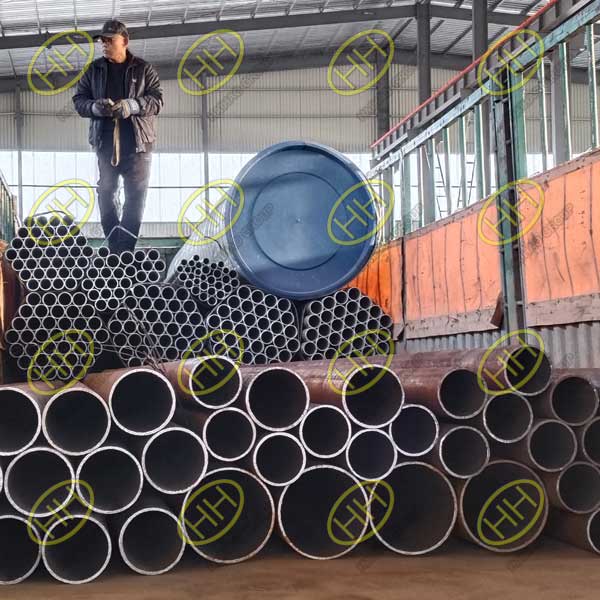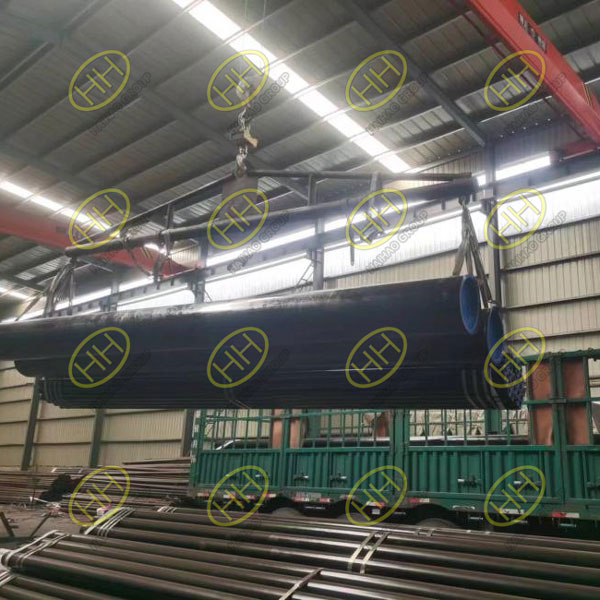Differences between ASTM A53A and ASTM A53B
ASTM A53 is a standard specification for carbon steel pipes that are used in pressure and structural applications, as well as for conveying steam, water, gas, and air. The two primary grades under ASTM A53 are A53A and A53B. While both grades are suitable for various pipeline applications, they have distinct differences in chemical composition and mechanical properties.
Chemical Composition
ASTM A53A:
Carbon (C): ≤ 0.25%
Manganese (Mn): ≤ 0.95%
ASTM A53B:
Carbon (C): ≤ 0.30%
Manganese (Mn): ≤ 1.20%
Both A53A and A53B have similar limits for Phosphorus (P), Sulfur (S), Copper (Cu), Nickel (Ni), Molybdenum (Mo), Chromium (Cr), and Vanadium (V), as follows:
P: ≤ 0.05%
S: ≤ 0.06%
Cu: ≤ 0.40%
Ni: ≤ 0.40%
Mo: ≤ 0.15%
Cr: ≤ 0.40%
V: ≤ 0.08%
Mechanical Properties
ASTM A53A:
Tensile Strength: ≥ 330 MPa (48,000 psi)
Yield Strength: ≥ 205 MPa (30,000 psi)
ASTM A53B:
Tensile Strength: ≥ 415 MPa (60,000 psi)
Yield Strength: ≥ 240 MPa (35,000 psi)
As we can see, A53B has higher tensile strength and yield strength than A53A, which makes it more suitable for applications requiring greater strength, such as high-pressure systems.
The main difference between ASTM A53A and ASTM A53B is their mechanical properties. A53B has higher strength due to a slightly higher carbon and manganese content, making it ideal for high-pressure applications. In contrast, A53A is used in low-pressure applications and offers sufficient strength for general-purpose pipeline systems. Both grades meet the same specifications for chemical composition and can be used in various industries, but understanding these differences ensures the correct choice of material for specific project requirements. Email:sales@haihaogroup.com


